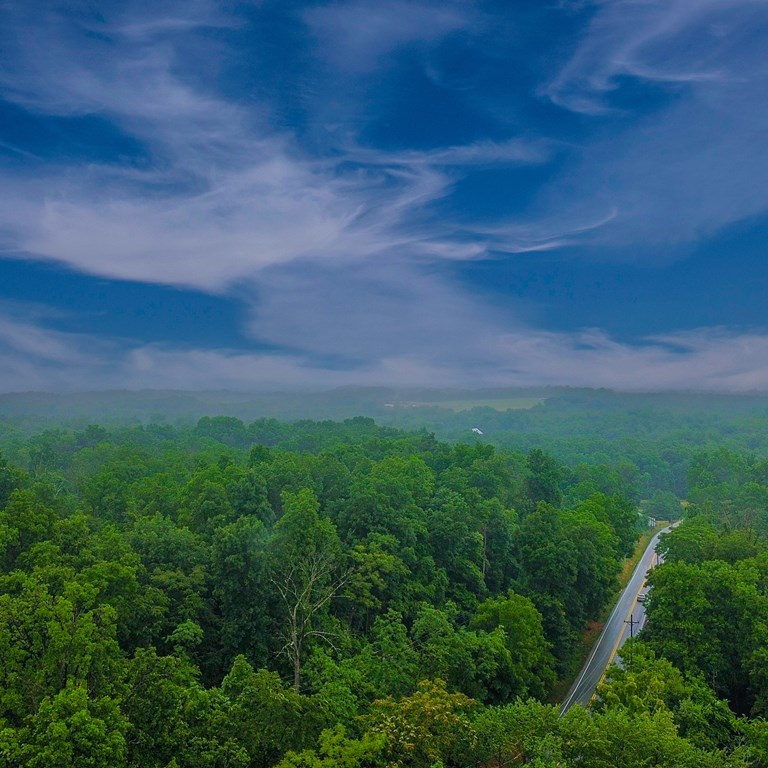Your cart is empty!
Make checkout easy by booking all your reservations at once. Add your sites from different campgrounds into your shopping cart* and then choose checkout.

ReserveAmerica, Fri Oct 7 2022
Car camping has its advantages over traditional tent camping or backpacking. Sleeping in the car provides additional protection from the elements and may be more comfortable compared to snoozing on a tent floor. You can also usually pack more amenities when car camping. If you have to get up and go quickly in the morning, perhaps to hit the trail for a long day hike, then car camping is a great option because there will be little to no packing up your campsite.
Regardless of your reasons for car camping, be sure to follow the same Leave No Trace rules you would during any outdoor or camping adventure. Make the most of your next trip by following these seven tips on how to camp in your car.
Recommended: Campgrounds for Families
The first step in learning how to camp in your car is to secure a spot that permits overnight parking and camping. You can of course sleep at a reserved campsite and in some cases, parking lots and roads may allow overnight car camping. Never sleep overnight in your car in a location that does not allow it; it may put you in danger, at risk for a fine, or be a nuisance or danger to others.
Park your car in the shade if it is necessary to shield it from the sun, and park on flat ground. If you do park on an incline, position the car so that you will be sleeping with your head above your feet. Unless you have a truck, all other vehicle types will require putting down or removing the back seats to create enough space to accommodate a sleeping position, so check in advance to be sure your seats go down adequately. You will likely want to crack the windows slightly for ventilation as well, even if it is cold.
A car provides good protection against the elements - wind, rain, and snow - but it can get very cold overnight. Car camping will keep you warmer than a tent, but don’t forget that cold air will be passing through small spaces on all sides of the car. It might be colder in your car at night than you anticipated, which is why bringing along good bedding is imperative.
Pack a sleeping bag rated warm enough for the temperatures you will be encountering. Bring along additional layers in case of extreme cold. If you have the room, consider something comfortable underneath you, such as a cushioned sleeping pad or blow-up air mattress.
3. Use Water Bottles for Heat
Learning how to camp in your car like an expert when it is cold out will likely mean filling up water bottles with hot water and sticking them in your sleeping bag to keep you warm. There are rubber water bottles made just for this purpose. You can wrap them in a towel to make them softer to the touch. The water bottles will not stay hot all night, but long enough to help you fall asleep and increase the temperature in your sleeping bag throughout the night.
You will want to avoid using your car lights in order to avoid draining the battery, plus car lights rarely give off enough light anyways. A great way to create the light you need is by hanging headlamps or lanterns from car handles. Headlamps are particularly helpful if you need to jump out of the car at night to use the restroom.
Even though car camping provides additional shelter and conveniences than tent camping, you still need to bring these essentials to be prepared for unforeseen circumstances:
6. Charge Your Electronics
You can plug your devices into your car, but this can drain the battery. Learning how to camp in your car like a pro means relying on mobile charging devices. We recommended getting a portable charging battery bank, which will typically charge the average phone 2-3 times. These types of devices will eventually have to be charged by an outlet or in your car while you’re driving. Alternatively, there are solar-powered charging bricks that do not require an outlet, and may be a better option for folks who do not have access to regular sources of power for more than a couple of days.
When taking along perishable foods like cheeses and meats, you will need to bring along a cooler. Keep the food inside of the cooler inside of your car. For non-perishable items, storing them in an airtight container in your car is sufficient. In general, storing food in your car is fine - that is, unless you are in bear country. In such instances, you will need to take precautions as outlined by the park or local wildlife authority. This may mean using bear lockers, hanging your food where a bear can’t get to it, or storing it in a bear canister outside and away from your vehicle.
That doesn't mean this area has to always be empty. When you start reviewing camping options, your history will display here to help compare sites and find the best stay. You will be able to share your stay information with friends or family and save it for a later time if you have a KOA Account.
Make checkout easy by booking all your reservations at once. Add your sites from different campgrounds into your shopping cart* and then choose checkout.